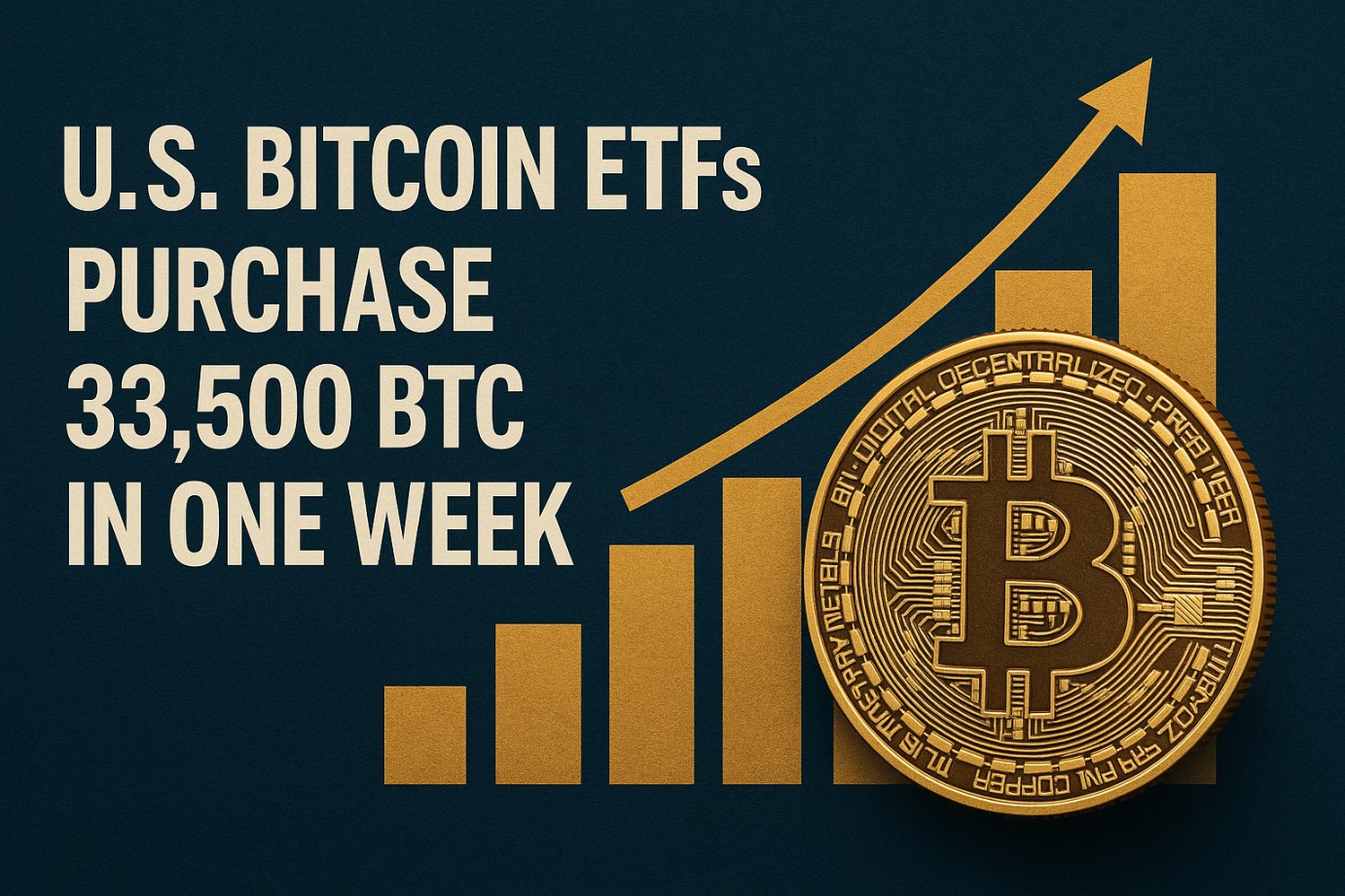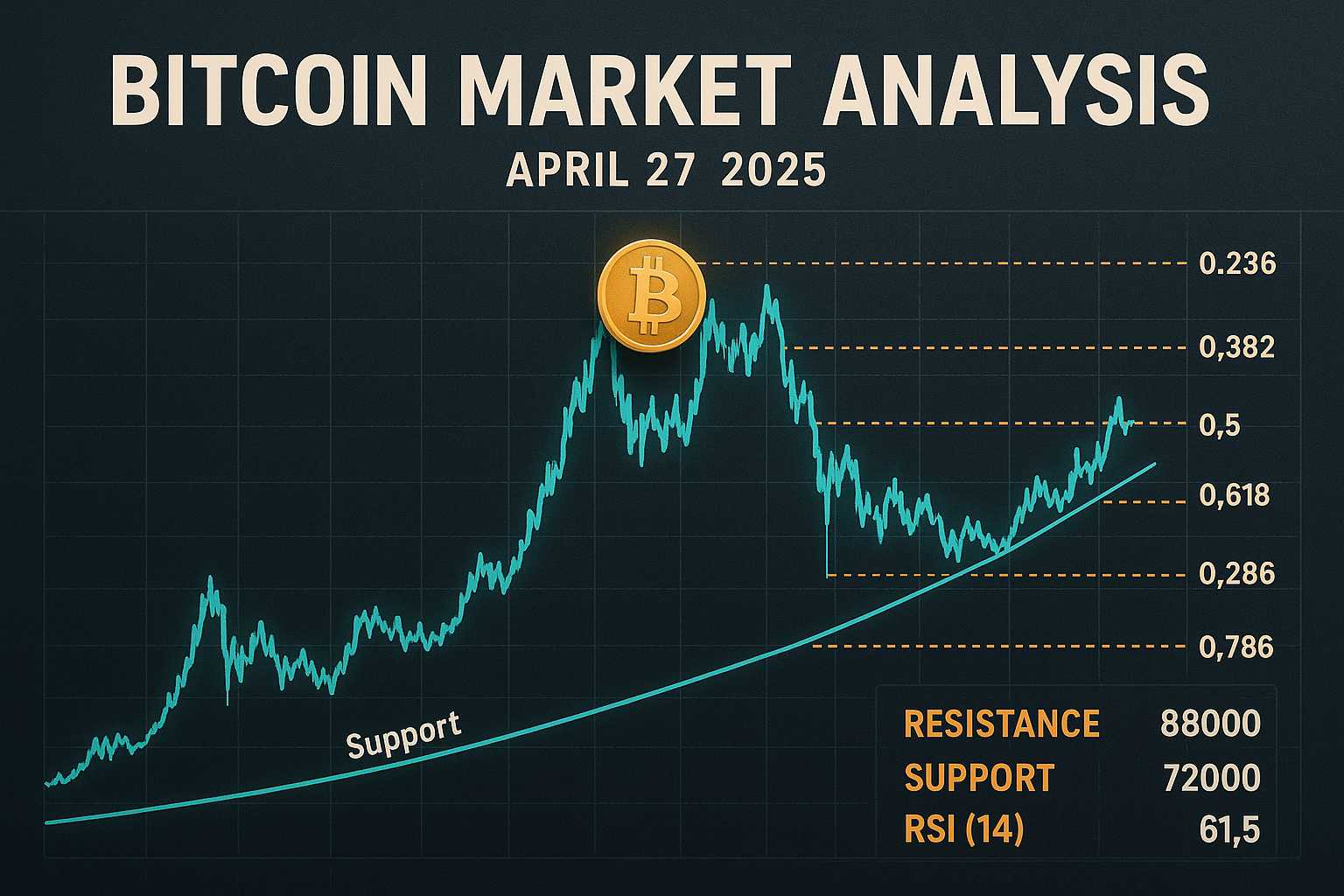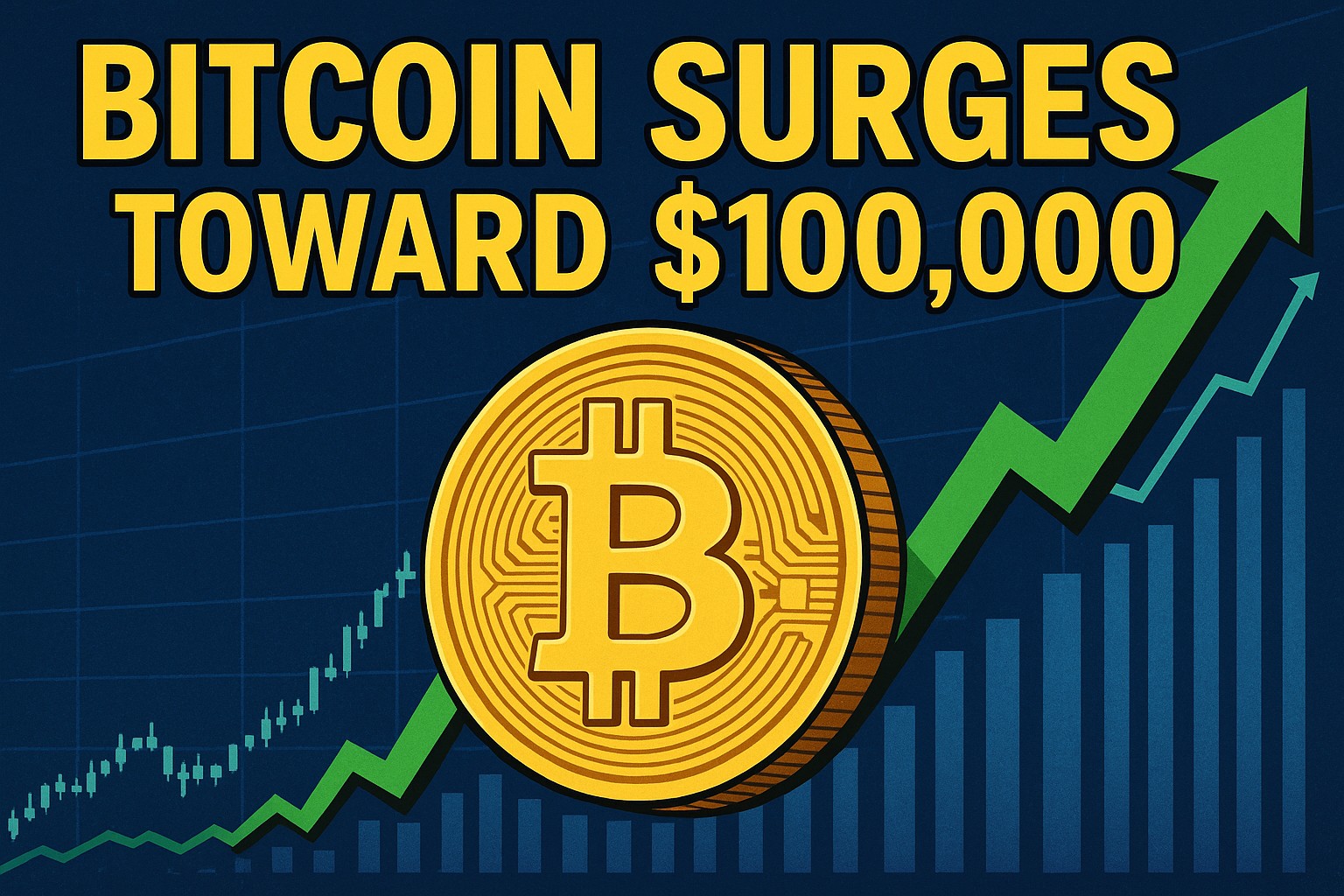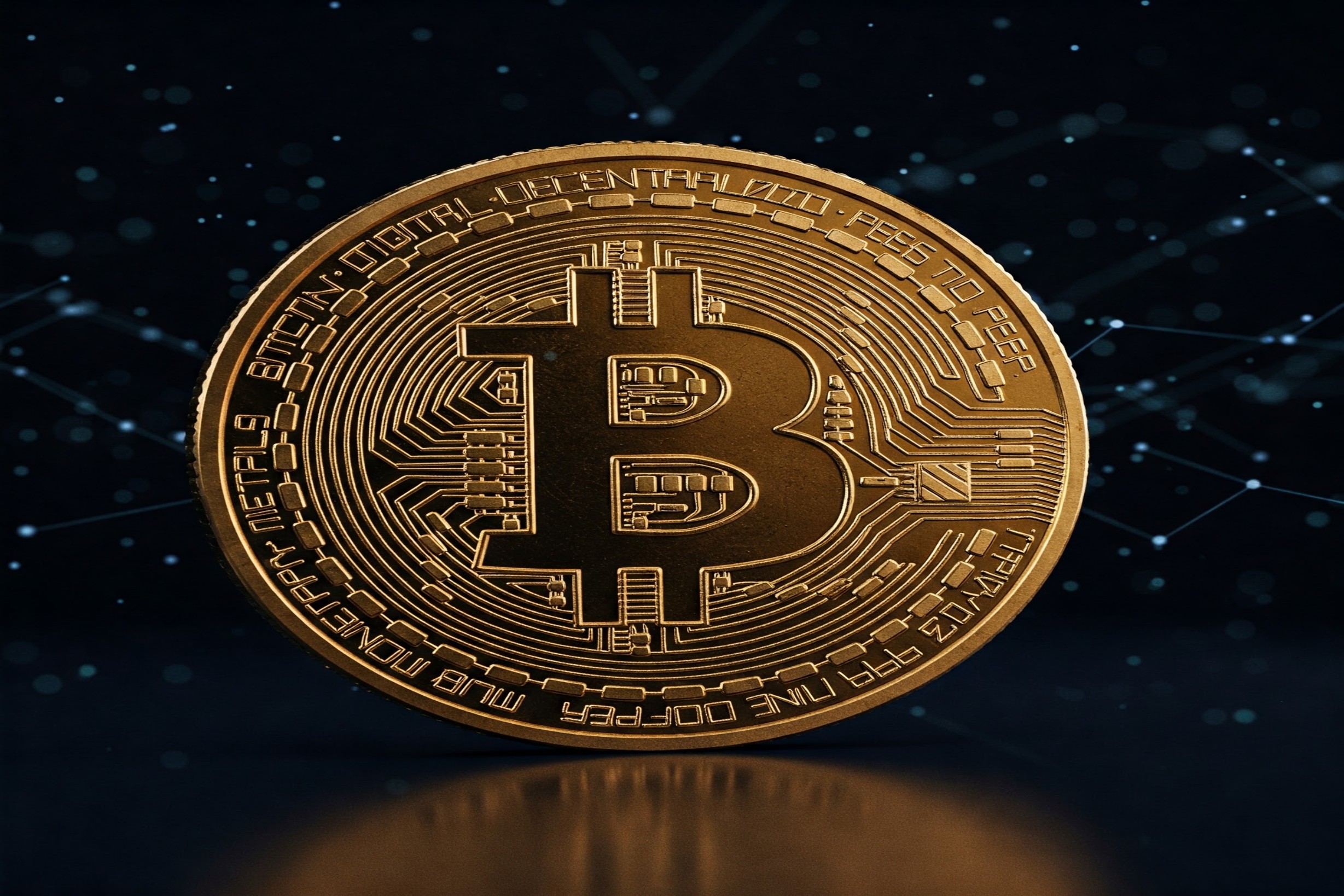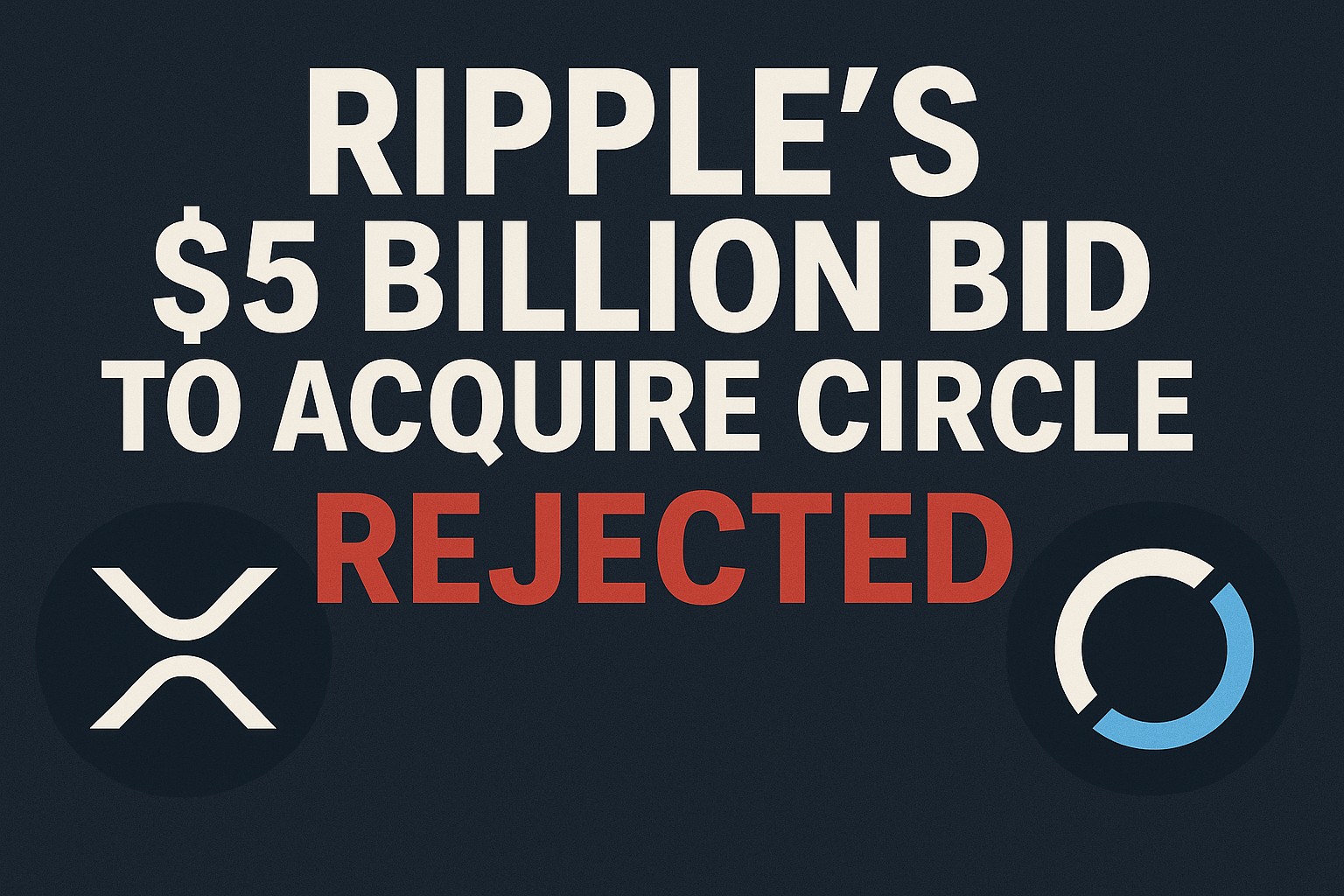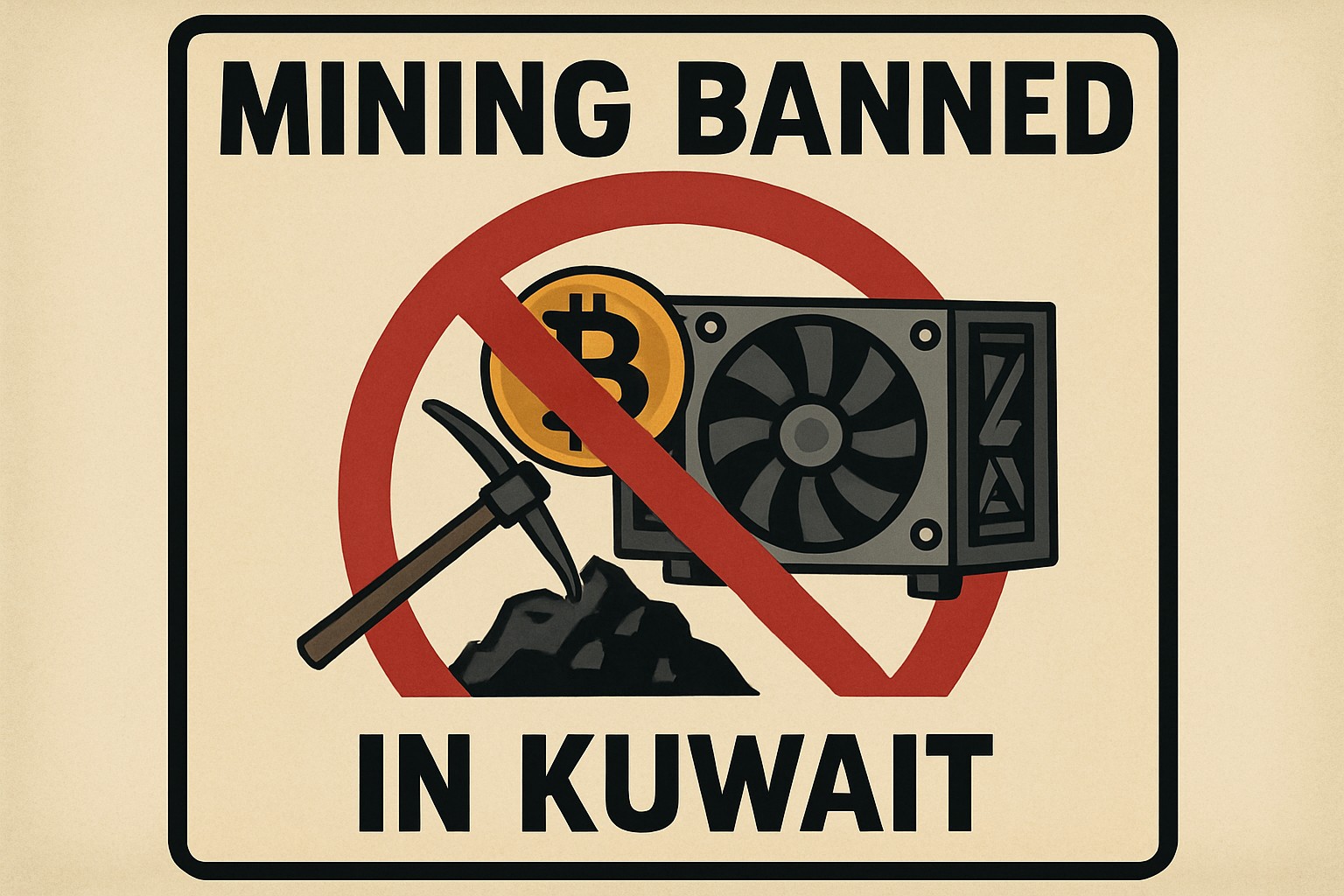April 28, 2025 – Bitcoin is making headlines again, and this time, it’s all about demand. A recent post on X by crypto enthusiast
@Ashcryptoreal claims that U.S. spot Bitcoin exchange-traded funds (ETFs) snapped up an impressive 33,500 Bitcoin (BTC) this week. That’s more than ten times the 3,150 BTC mined during the same period, sparking excitement and speculation about a potential “supply shock” that could push Bitcoin prices even higher. Let’s break down what’s happening and what it means for investors and the crypto market.
ETFs Are Buying Bitcoin at a Record Pace
U.S. spot Bitcoin ETFs, which let investors bet on Bitcoin’s price without owning the cryptocurrency directly, have become a powerhouse in the crypto world since their launch in January 2024. Managed by giants like BlackRock and Fidelity, these funds are attracting billions from everyday investors, hedge funds, and even retirees looking to diversify.
According to the X post, ETFs bought 33,500 BTC this week, a figure that translates to roughly $3.18 billion at an estimated Bitcoin price of $95,000. While we couldn’t verify the exact number for this specific week due to limited real-time data, the claim aligns with recent trends. For example:
- In June 2024, ETFs purchased 25,729 BTC in a single week.
- In December 2024, another X post reported 28,600 BTC bought in a week.
These numbers show that ETF demand is growing fast, with BlackRock’s iShares Bitcoin Trust (IBIT) alone pulling in $29.3 billion since its debut. For context, that’s like filling a digital vault with Bitcoin faster than anyone expected. Investors can track these flows on platforms like SoSoValue or CoinGlass, which offer daily and weekly updates.
Miners Are Falling Behind
While ETFs are buying Bitcoin in bulk, the supply of new coins is trickling in at a much slower pace. Bitcoin miners, who use powerful computers to solve puzzles and earn new coins, produce about 3,150 BTC per week. Here’s how it works:
- Bitcoin’s current block reward is 3.125 BTC per block (cut in half during the April 2024 halving).
- Miners create roughly 144 blocks per day, which equals 450 BTC daily.
- Over seven days, that’s 3,150 BTC—exactly the figure cited in the X post.
This 3,150 BTC is nowhere near enough to meet ETF demand. In fact, 33,500 BTC is more than ten times the weekly mined supply, meaning ETFs are scooping up coins equivalent to over ten days of mining in just one week. It’s a classic case of demand outstripping supply, and it’s got the crypto community talking.
What’s a Supply Shock, and Why Does It Matter?
A “supply shock” happens when there’s far more demand for something than there is supply, often causing prices to spike. With Bitcoin, ETFs are locking away huge amounts of coins, leaving fewer available for trading on exchanges. This can make Bitcoin scarcer, potentially driving its price higher.
Bitcoin’s price has already been on a tear, hitting $108,000 in December 2024 before settling around $95,000 recently. The April 2024 halving, which reduced the block reward and slowed new coin production, has only tightened the supply. Analysts like John Glover from crypto lender Ledn predict Bitcoin could climb to $130,000 or more by early 2026 if ETF demand keeps up.
For investors, this is both exciting and daunting. “I’ve been following Bitcoin for years, and this ETF craze feels different,” said Emily Chen, a 32-year-old small business owner from Denver. “It’s like Wall Street is finally all-in, and I’m wondering if I should buy more before prices go crazy.”
Why This Matters Now
The surge in ETF buying reflects Bitcoin’s growing acceptance in mainstream finance. Just a year ago, many dismissed Bitcoin as a risky experiment. Today, with a pro-crypto U.S. administration under President Donald Trump and policies like the BITCOIN Act of 2024, the landscape has shifted. ETFs are making it easier than ever for everyday people to invest, bridging the gap between traditional finance and crypto.
But there are risks. If Bitcoin’s price spikes too quickly, some investors might sell to lock in profits, slowing ETF inflows. Regulatory changes or market volatility could also shake things up. “I tell my clients to stay informed and only invest what they can afford to lose,” said Michael Rivera, a financial advisor in Miami. “Bitcoin’s potential is huge, but it’s still a wild ride.”
What’s Next for Bitcoin?
The gap between ETF purchases and mined supply is creating a pressure cooker for Bitcoin’s market. Will prices soar as supply tightens? Will ETF demand keep growing? For now, investors are watching closely, and the crypto world is abuzz with possibility.
If you want to stay updated, check real-time ETF flows on SoSoValue or CoinGlass. And if you’re thinking about investing, talk to a financial advisor to weigh the risks and rewards. Bitcoin’s story is far from over, and this week’s news is another reminder of its wild, unpredictable journey.
Note: Cryptocurrency investments are highly volatile. Always verify data from trusted sources and consult a professional before investing.
Sources:
- X post by @Ashcryptoreal, April 28, 2025
- SoSoValue and CoinGlass for ETF flow data
- Blockchain.com for mining statistics
- CoinDesk for market trends
- Investopedia for ETF basics
